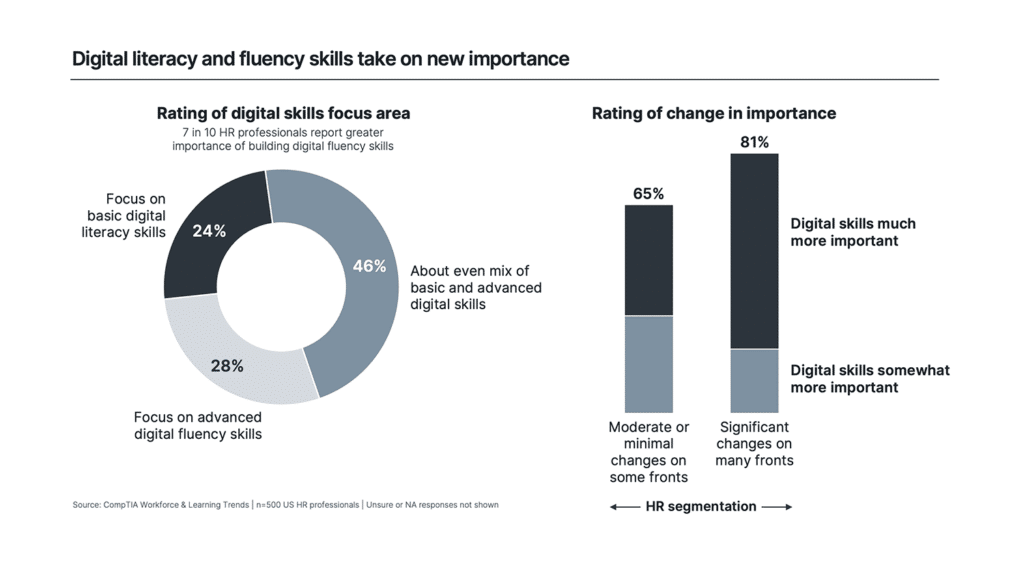Return-to-office policies, even four years after the pandemic, remain in flux, indicating a high failure rate for employers, says Nick Bloom, Stanford professor and work-from-home expert who has been studying the future of work extensively since the Covid-19 pandemic began.
According to a recent LinkedIn post, Bloom considers a second attempt or other revisions of an RTO policy to indicate “a failed RTO.” His research shows many employers are still struggling to find a return-to-office policy that works well, he says.
In a new study titled RTO 2.0: Return to “In-Person,” Bloom and his co-authors report that 38% of employees surveyed have faced two or more return-to-office distinct policy changes since 2020. The report surveyed 8,000 workers living in the U.S. between the ages of 20 and 64. In addition, 6% of survey respondents said their employer flip-flopped on RTO policies five or more times during this period, according to the report, which was sponsored by online hybrid and remote teams platform company Gable.
A high failure rate with return-to-office policies can inhibit adoption, the report says, noting that a quarter of employees at organizations that have revised their policy multiple times fail to comply with any version of the policy. Changes to RTO policies also can make recruiting and retaining workers difficult, Bloom says.
Bloom, who teaches economics at Stanford University, recently sat down with Human Resource Executive to discuss why RTO policies fail, share lessons learned from these failures and offer ideas from an employer doing it right.
The post Many RTO policies are failing, research shows. Here’s how to fix them appeared first on HR Executive.

